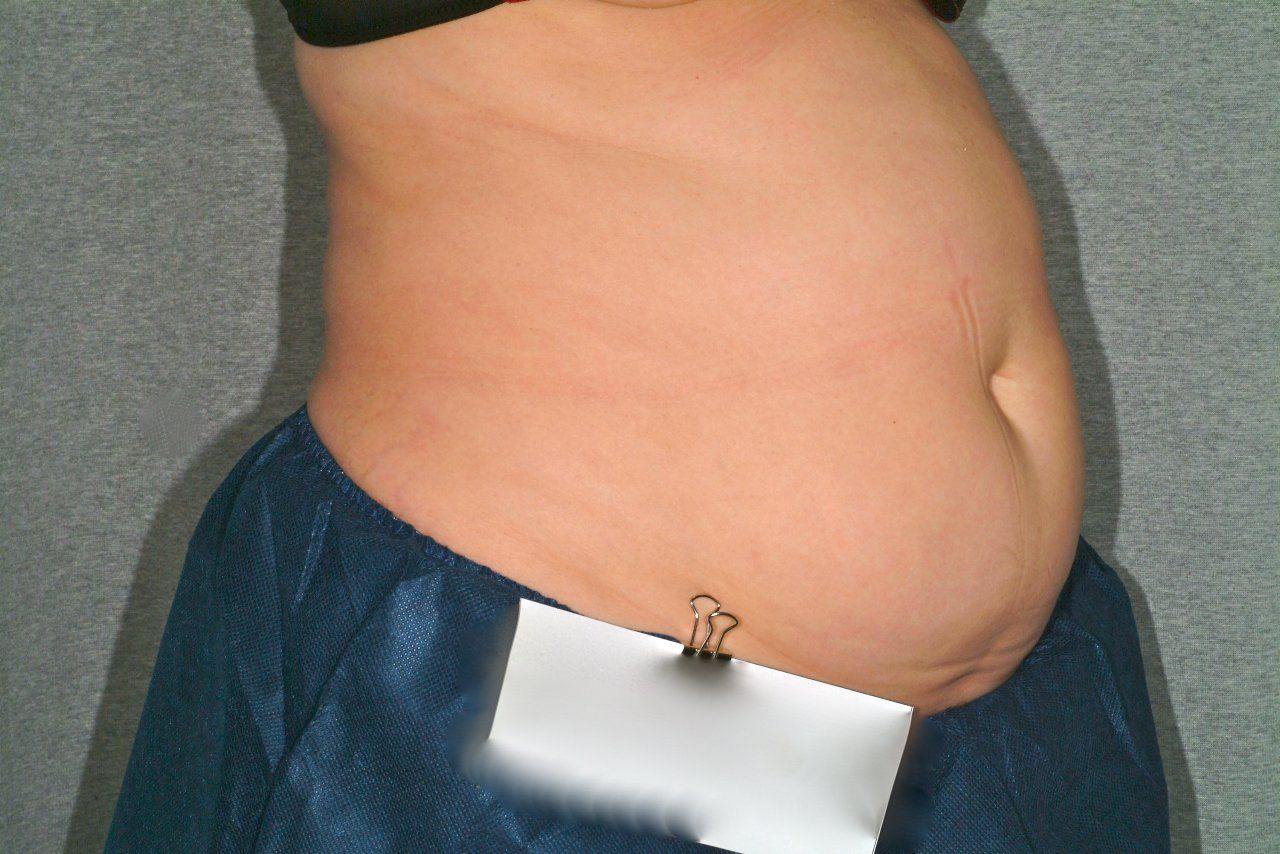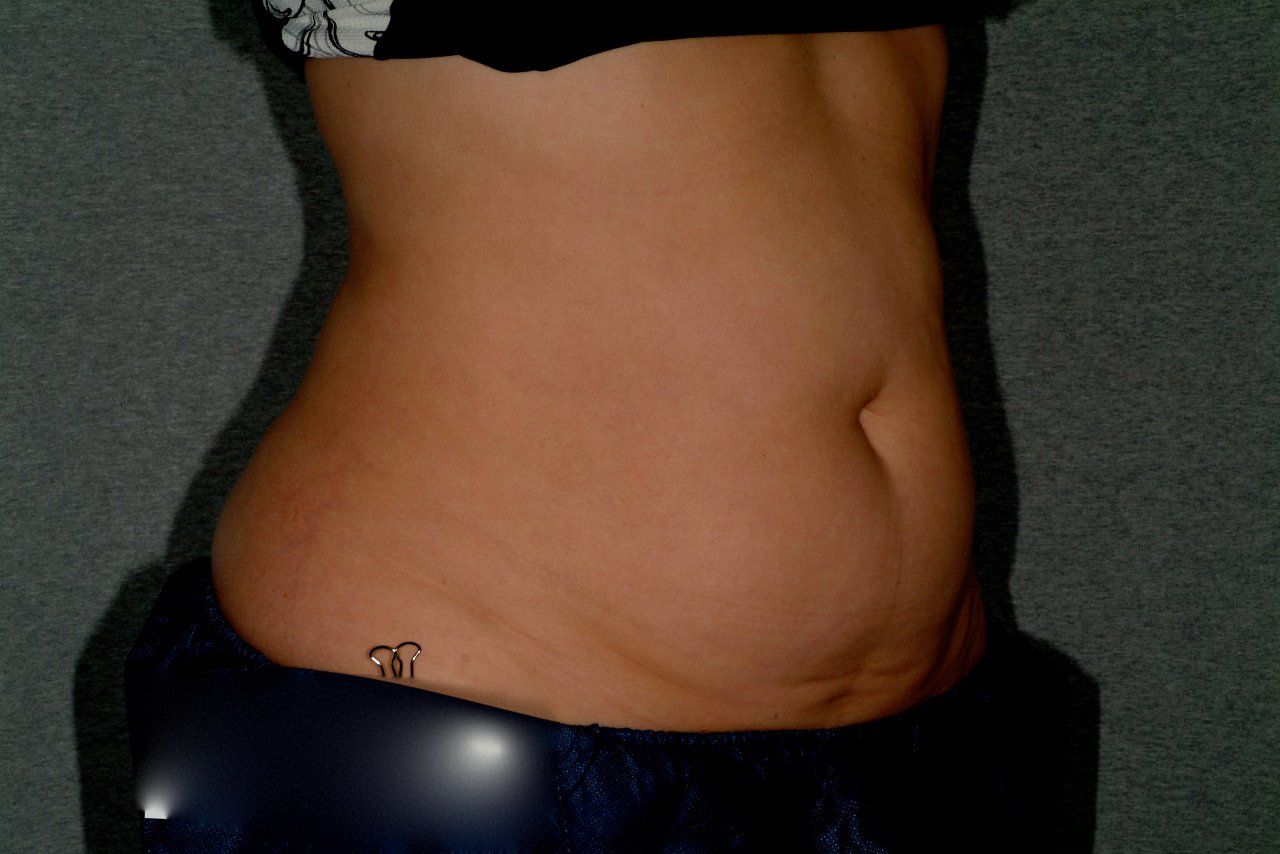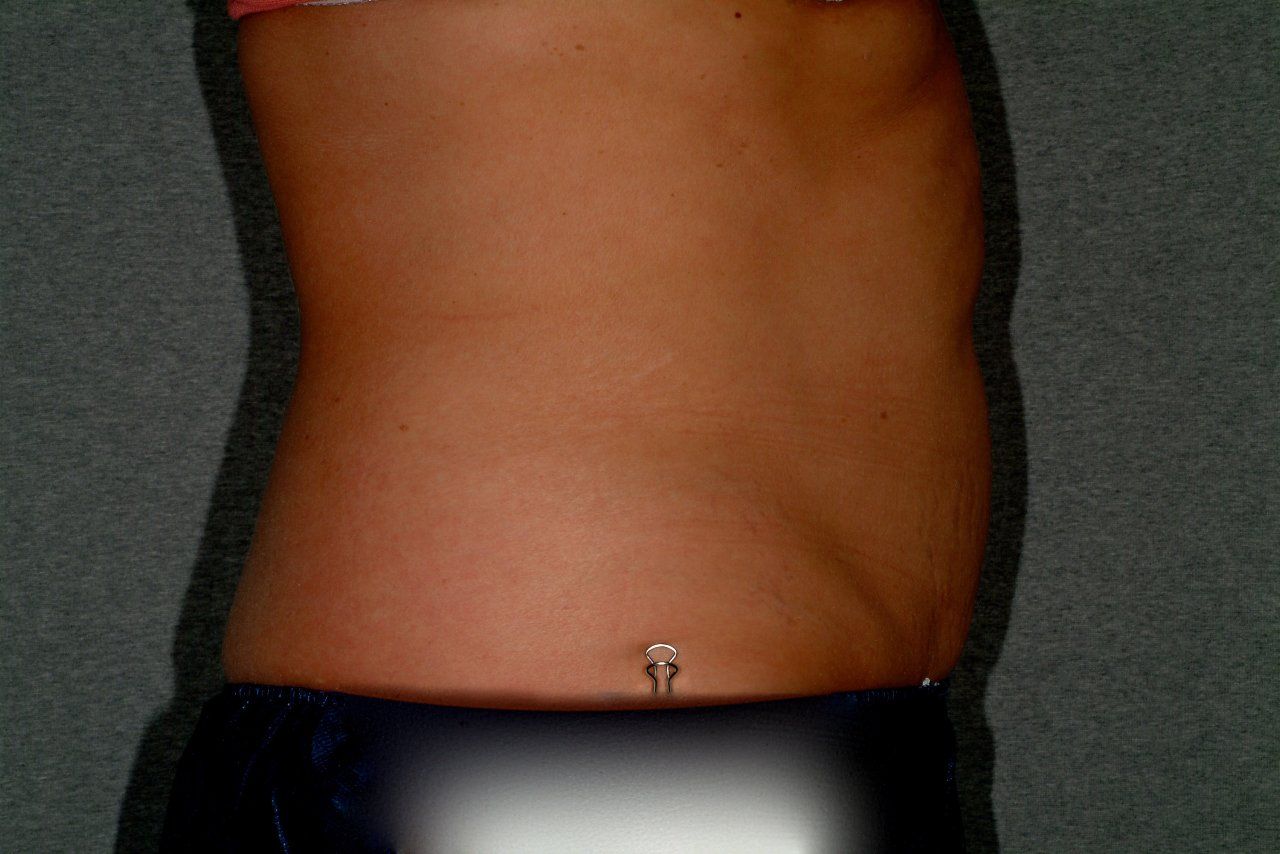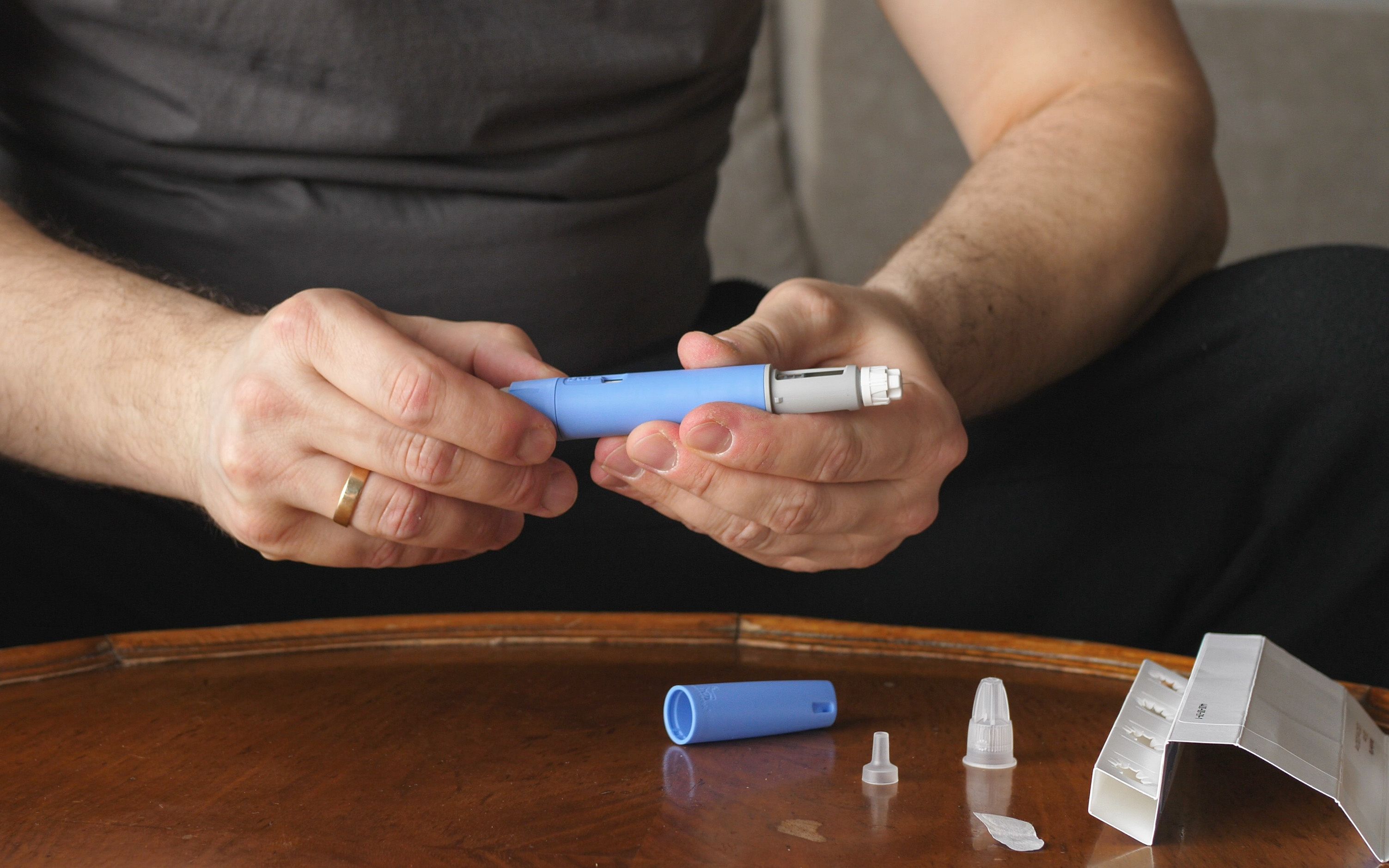- Case-Based Roundtable
- General Dermatology
- Eczema
- Chronic Hand Eczema
- Alopecia
- Aesthetics
- Vitiligo
- COVID-19
- Actinic Keratosis
- Precision Medicine and Biologics
- Rare Disease
- Wound Care
- Rosacea
- Psoriasis
- Psoriatic Arthritis
- Atopic Dermatitis
- Melasma
- NP and PA
- Skin Cancer
- Hidradenitis Suppurativa
- Drug Watch
- Pigmentary Disorders
- Acne
- Pediatric Dermatology
- Practice Management
- Prurigo Nodularis
- Buy-and-Bill
Article
Noninvasive high-intensity ultrasound effective for body sculpting, clinical trial shows
Results of a randomized, sham-controlled clinical trial including objective and subjective efficacy endpoints have established noninvasive high-intensity focused ultrasound (HIFU; LipoSonix/Solta Medical, cleared in September 2011 by the Food and Drug Administration for noninvasive waist circumference reduction) as an effective and well-tolerated option for body contouring.
Chestnut Hill, Mass. - Results of a randomized, sham-controlled clinical trial including objective and subjective efficacy endpoints have established noninvasive high-intensity focused ultrasound (HIFU; LipoSonix/Solta Medical, cleared in September 2011 by the Food and Drug Administration for noninvasive waist circumference reduction) as an effective and well-tolerated option for body contouring.
Jeremy Green, M.D., originally presented the data of this preapproval study on behalf of the SCULPT Group at Laser 2011, the annual meeting of the American Society for Lasers in Medicine and Surgery. The study included 180 patients ages 18 to 65 who presented for body contouring in the anterior abdomen and flank region.
Eligible participants had a body mass index less than 30 kg/m2 and ultrasound-measured subcutaneous adipose tissue depth of at least 2.5 cm. They were randomized into one of three study groups to receive sham treatment (no energy) or ultrasound using a low 47 J/cm2 or high 59 J/cm2 energy dose. Patients were to undergo one session with three passes, and they were evaluated at one hour and one, four, eight and 12 weeks. Last follow-up was six months post-treatment.
Study results
The results showed a statistically significant benefit for the active treatment groups compared with sham in the primary efficacy outcome measure of change in waist circumference from baseline to week 12. Secondary efficacy analyses that included investigator and patient subjective assessments were consistent with the objective data, and no safety concerns emerged, says Dr. Green, cosmetic surgery and laser fellow at SkinCare Physicians, Chestnut Hill, Mass.


A patient before (top) and 12 weeks after undergoing LipoSonix ultrasound (47 J/cm2 energy dose) to the abdomen. (Photos: Noel Solish, M.D.)
“Additional secondary efficacy analyses showed statistically significant treatment benefits for reducing waist circumference were achieved as early as four weeks after the first treatment using the high-energy dose and by eight weeks using the lower dose,” Dr. Green says. “The procedure was relatively well tolerated and subjects were pleased with the outcomes.”
Jeffrey Dover, M.D., in private practice at SkinCare Physicians, was co-author of the study and a clinical investigator in the SCULPT trial. He says noninvasive body sculpting is one of the most exciting areas of development in surgical dermatology, with a variety of new technologies under investigation or already FDA-cleared, including high- and low-frequency ultrasound, cryolipolysis, laser and radiofrequency.


A patient before (top) and 12 weeks after undergoing LipoSonix ultrasound (59 J/cm2 energy dose) to the abdomen. (Photos: Noel Solish, M.D.)
Analyses outlined
The primary efficacy analysis was performed for an intent-to-treat cohort and for a per protocol population that excluded 12 patients who did not complete the study. Enrolled patients had to agree to maintain their pretreatment diet and exercise habits and were judged to be compliant with this restriction overall, as there were minimal weight fluctuations among patients during the study. Nevertheless, the efficacy analysis calculated the least squares mean change from baseline waist circumference to control for weight changes.
In the intent-to-treat analysis, mean decrease in waist circumference was 2.5 cm for the high-dose energy group, 2.0 cm for the low-dose energy group and 1.4 cm for the sham-treated controls. The results were similar for the per protocol analysis.
Results from the investigator’s Global Aesthetic Improvement Scale showed significant differences favoring both energy levels versus sham treatment at weeks four, eight and 12. At the end of the follow-up, about three-fourths of HIFU-treated patients, regardless of energy dose, were improved/very much improved, compared with only about 15 percent of the controls, according to the investigator ratings. In the participants’ subjective assessment, 58 percent of those who underwent low-energy dose HIFU and 67 percent of those treated with the higher energy dose were satisfied overall and rated their appearance as improved/very much improved.
Safety issues
Safety review data showed that side effects were minimal and the treatment was well tolerated. Pain during and after the procedure, ecchymosis and edema were the most common adverse events.
Treatment with the lower energy was associated with less pain during the procedure than higher-energy treatment, but severe pain was reported by only 5 percent of patients in the lower-energy group and 11 percent of those in the higher-energy group.
Six patients were unable to complete a treatment session because of pain, and post-procedure pain persisted for eight to 10 days in some patients, but by the first post-treatment day, nearly 80 percent of patients in the lower-energy group and two-thirds of those treated with higher energy reported no or only mild pain.
Bruising and edema had completely resolved within 10 to 14 days in all patients, with the average time to resolution being a few days longer in the higher- versus lower-energy dose group.
The safety evaluation also included a comprehensive battery of clinical laboratory tests, and no abnormalities or fluctuations were seen in lipid levels, hematology, hepatic and renal function tests or markers of inflammation and coagulation.
Disclosures: The study was funded by Medicis. SkinCare Physicians received research funding for the study from Medicis, but Drs. Green and Dover report no direct financial interests.





